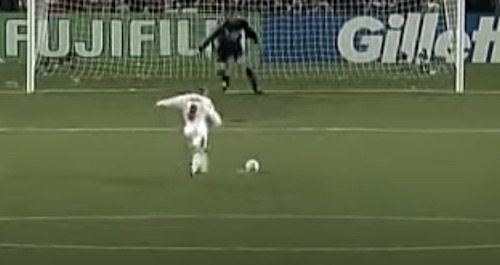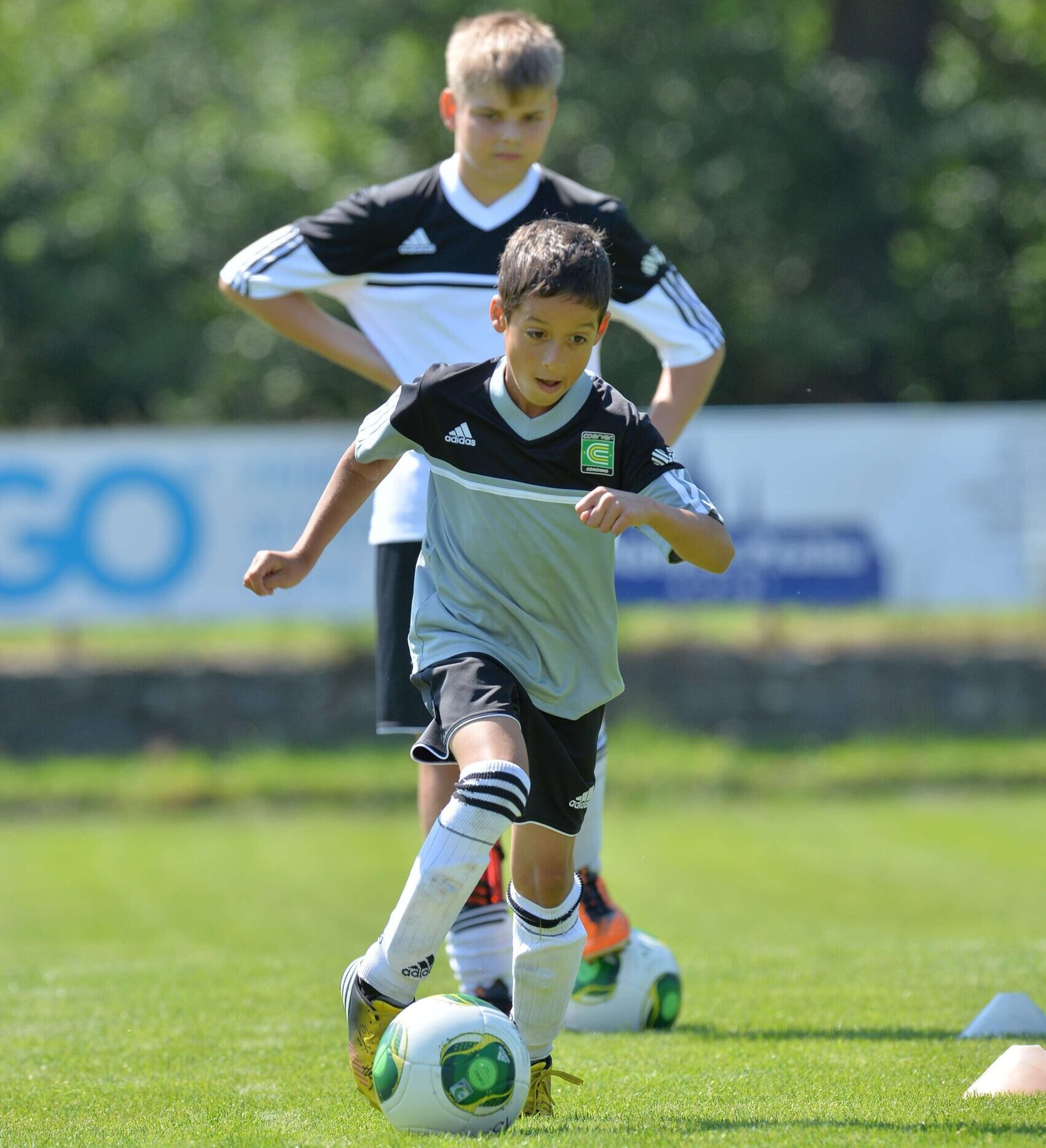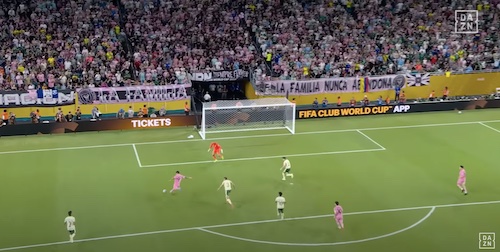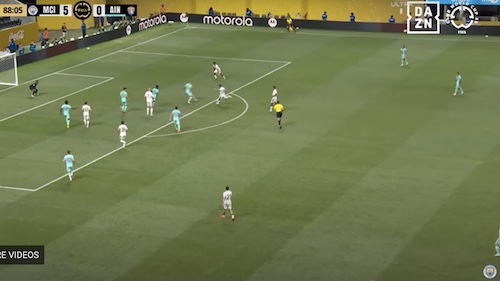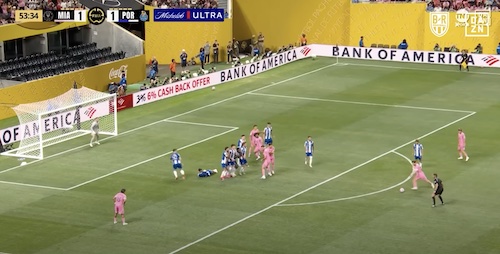Which order the penalty kicks are taken in a shootout is always an issue of debate amongst soccer coaches and fans. A common school of thought is to use your best shooter for the first kick. This seems to have been the case in the three shootouts at World Cup 1998. Berti (Arg), Shearer (Eng), Ronaldo (Bra), Frank De Boer (Hol), Zidane (Fra) and Baggio (Ita) all converted their team’s first kick. Gabriel Batistuta was Argentina’s main penalty kick taker but he was substituted before the shootout.
After the first kick tactics seemed to differ on penalty kick taking order. Rivaldo (Bra) and Bergkamp (Hol) both scored in the second round of kicks. However, Crespo, Ince, Lizarazu and Albertini all missed. After the second kick the fifth kick is probably the most controversial. The temptation to leave one of your best shooters to last is often overcome by the fear that you might not need a fifth kick.
England’s Batty was said to have never taken a professional penalty before he missed the decisive fifth against Argentina. The Brazil-Holland shootout was over after four rounds. French captain Laurent Blanc scored their fifth penalty before Italian veteran Luigi Di Biagio crashed his final shot against the crossbar.
Related Articles:
- Robbie Keane – Killer Penalties
- Totti Back Heel Penalty
- 12 Yards Between Glory & Despair
- Edwin Van Der Sar Saves
- Sebastian Abreu Penalty
- Zidane Penalty World Cup Final
Lessons Learned in Taking Penalty Kicks
So what have we learned from the 1998 World Cup penalties. First of all it would be foolish for any team who is considering winning a World Cup to disregard the possibility that they will have to win a penalty shoot out en route to the championship.
Germany overcame England in 1990 in the semi final, Brazil defeated Italy in the Final in a shoot out in 1994 and France eliminated Italy in the quarterfinals in 1998. Not to mention the US Women’s National team outscoring China in last years Women’s World Cup Final. The Italians can only wonder what might have been if they had only been successful from the penalty spot.
The last three World Cup’s have each produced a new trend. In 1990 Goalkeepers were cheating by picking a side and going early. After the 1990 World Cup many players started hitting powerful shots directly up the middle third of the goal. This trend continued into the 1994 World Cup. In 1998 goalkeepers changed tactics and reverted to waiting until the last moment to commit to one side. Only one ball was blasted straight up the middle and that hit the crossbar.
The trend in the mid nineties by players was to approach the ball and wait to see which side the goalkeeper went to. They then placed the ball in the opposite side. By the time of the 1998 World Cup, players had gone back to trying to put the balls in the corners.
Batty, Ronald De Boer and Di Biagio all suffered the misfortune of missing on the biggest stage in the world. It may be small consolation but some of the greatest players in the history of soccer have also failed to convert from the spot at the World Cup. Platini ’86, Maradona ’90 and Baggio ’94 proved that even the greats could miss from the penalty spot.
Once again the English get their little hearts broken by their nemesis. This time they fall in penalty shots in the second round to Argentina. Yes, penalty shootouts are cruel sometimes.
Summary
The Washington Post conducted an Internet survey after the World Cup and received 1771 responses. They asked how games should be decided in the event of a tie. 16.5 % were in favor of penalty kicks, 71.1% were in favor of playing until the next goal. 12.3% voted for neither. FIFA has not been able to come up with a better solution. As a result nearly every major tournament is resolved in similar fashion.
This year the African Nations Cup Final and the Gold Cup both involved penalty shootouts. The 1999 Snickers USYSA National Championships in Florida was decided in a penalty shootout, as were hundreds of other tournaments around the country. Penalty kick shootouts are not popular but they are here to stay.
SoccerPlus Camps
Camp director Tony DiCicco
11 Executive Drive Suite 202
Farmington, CT 06032
1.800.KEEPER1 (1.800.533.7371)
https://www.soccerplus.org/











